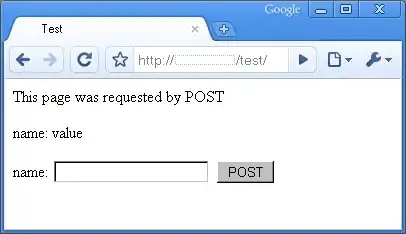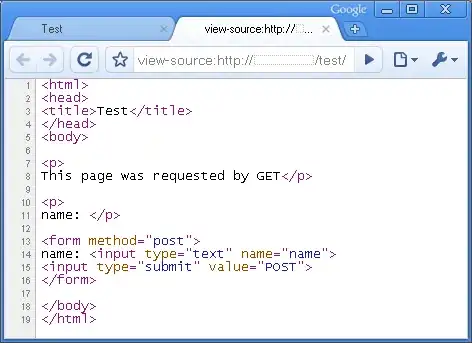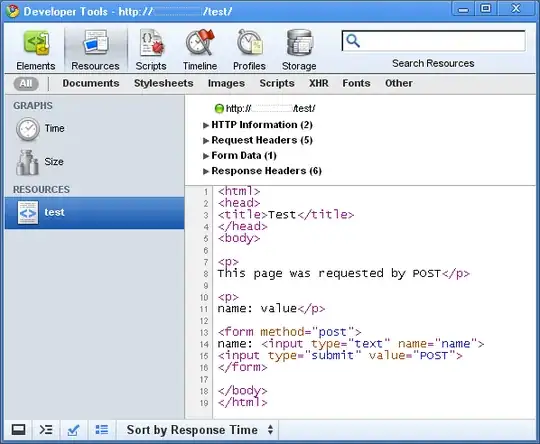When viewing page source in Google Chrome, the browser opens a new tab and basically pastes the URL in with the view-source: prefix. This is undesirable.
As a developer, I may include some diagnostic output that is only visible in the source after submitting a form. When Chrome Refreshes the page to view the source, it makes this information disappear.
Is there anyway to prevent this behavior?
Note: I'm familiar with the "Inspect Element" option. This is just not an adequate stand-in for viewing the raw page source of the exact page you're looking at.
A quick test script
<pre>
<?= print_r($_POST, true) ?>
</pre>
<form action="" method="post">
<input id="foo" name="foo" value="bar" />
<input type="submit" />
</form>
After clicking the submit button, the page shows
Array
(
[foo] => bar
)
If you view page source, you will see an empty $_POST output
<pre>
Array
(
)
</pre>
<form action="" method="post">
<input id="foo" name="foo" value="bar" />
<input type="submit" />
</form>
Update
Apparently this bug has already been submitted. Sigh...
If anyone knows of a good work around, I'd greatly appreciate it.




